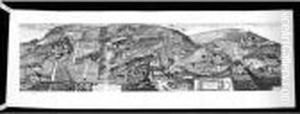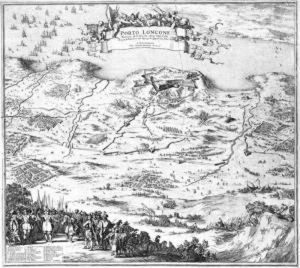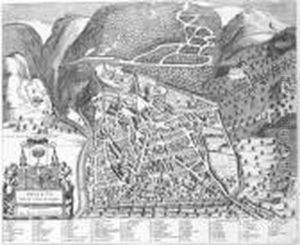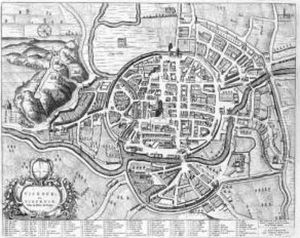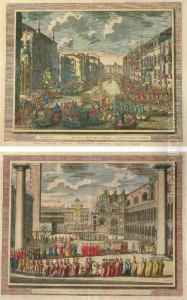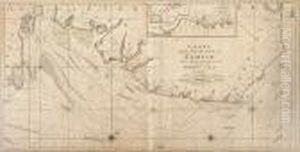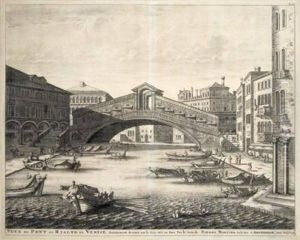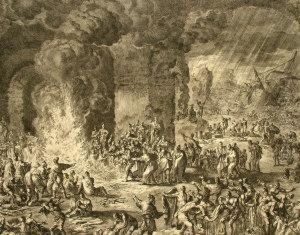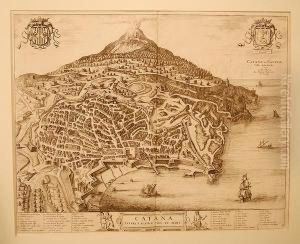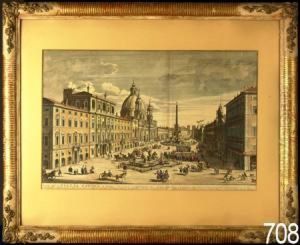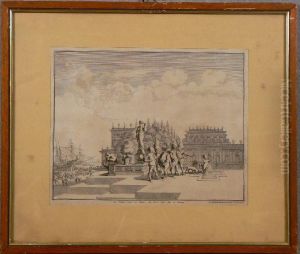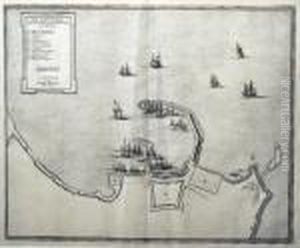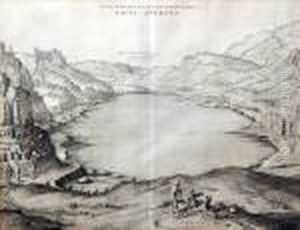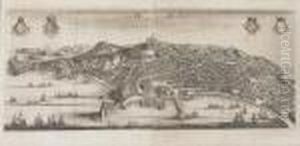Pierre Mortier Paintings
Pierre Mortier was a prominent French engraver, printer, and publisher, based in Amsterdam, Netherlands, during the late 17th and early 18th centuries. Born in Paris in 1661, Mortier's career is often celebrated for its significant contributions to the fields of cartography and atlas production. Despite being French by birth, Mortier spent the majority of his professional life in Amsterdam, a city known for its vibrant publishing industry and relatively liberal intellectual environment during that period.
Mortier's work is distinguished by the high quality of its engravings and the accuracy of its geographical information. He specialized in publishing maps, atlases, and geographical works, many of which were based on the works of French cartographers, whom he greatly admired. Mortier was able to publish French geographical works in Amsterdam by maintaining a network of contacts in France and other parts of Europe, which allowed him to access and disseminate the latest geographical knowledge.
One of Mortier's most notable contributions to the field of cartography was his role in the publication of the 'Atlas Nouveau', which contained maps and charts based on the work of French geographers such as Nicolas Sanson, Guillaume Delisle, and others. His publishing house also produced a wide range of other works, including historical texts, illustrated books, and religious literature, reflecting the diverse interests of the European reading public at the time.
Mortier's legacy is not only in the beauty and accuracy of the maps and atlases he produced but also in his role in the dissemination of geographical knowledge across Europe. His publications were highly regarded for their detail and artistic quality, making them sought after by collectors and scholars alike.
Pierre Mortier died in 1711 in Amsterdam, leaving behind a rich body of work that continues to be of interest to historians, geographers, and collectors. His contributions to the fields of printing, publishing, and cartography mark him as a significant figure in the history of European intellectual and cultural life in the late 17th and early 18th centuries.
